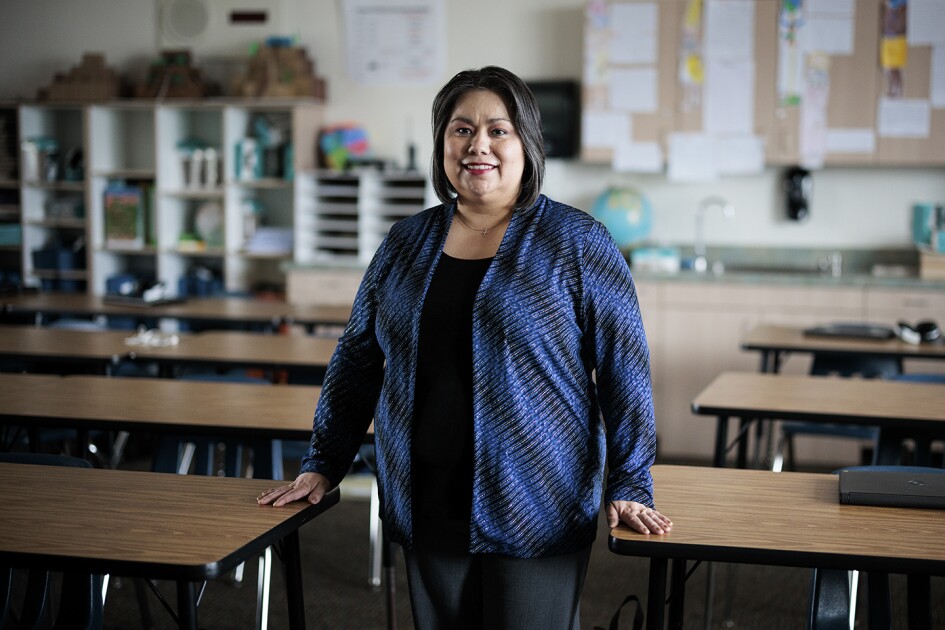CORRECTED
The No Child Left Behind Act is officially part of the past, and the Every Student Succeeds Act is the law of the land.
So what does the new law mean for students with disabilities?
Though NCLB is gone, to be replaced with far-more state-led accountability, there are some “guardrails,” as Sen. Patty Murray, a Democrat from Washington and an architect of the law, has said.
For example, states must still separate and report the performance of students with disabilities on state tests, and those tests must still be given in grades 3-8 and once in high school.
Most students with disabilities will be taking the general assessment: The bill places a 1 percent cap on the percentage of all students who can take alternate assessments. One percent of all students equates to about 10 percent of students with disabilities. These alternate assessments are intended for students with severe cognitive disabilities. The new law also says states cannot create their own alternate or modified assessments for students with disabilities. And also, taking the alternate assessment should not preclude a student from attempting to get a regular high school diploma, the law states.
The law requires states to develop plans on how they plan to reduce bullying and harassment, restraint and seclusion, and suspensions and expulsions—all of which disproportionately affect students with disabilities.
Under the new law, the federal government will create “a comprehensive center on students at risk of not attaining full literacy skills due to a disability” such as dyslexia. The center will promote professional development and best practices on screening and educational tools for this population.
ESSA also adds provisions for gifted and talented students: the Jacob K. Javits education act, which funds research into gifted education, is retained. The law also requires states to show how they will use their federal teacher development to support gifted and talented education.
Though many disability advocacy groups had concerns about individual provisions of the bill, they supported ESSA. The Council for Parent Advocates and Attorneys, for example, said that the law was better than a series of NCLB waivers that had been granted to states by the U.S. Department of Education.
Responses to ESSA From Disability Groups
ESSA is seen as returning more accountability to the hands of the states and districts, which will prompt a shift in focus for advocacy groups, said Lindsay Jones, the director of public policy and advocacy for the National Association for Learning Disabilities. NCLD has been focused on federal policy, but will now look to the states as they draft their accountability plans.
“This is an opportunity for parents to make a huge difference,” Jones said. “We’re really thinking through how can we amplify parent voices and make sure they’re a part of the stakeholder discussions that we know will be taking place.”
Nancy Reder, the director of government relations for the National Association of State Directors of Special Education, offered a similiar perspective, from the point of view of her membership.
“The special education people need to be at the table when the state plans are being made,” Reder said.
So, with ESSA now on the books, can the reauthorization of the Individuals with Disabilities Education Act, now about six years overdue, be up next?
Not a chance, advocates say. Congress may turn its attention back to the Higher Education Act or the Carl D. Perkins Career and Technical Education Program.
“It’s Dec. 10, and we’ve got an election next year—I’d be surprised if IDEA is on anyone’s to-do list,” said Katy Beh Neas, Easter Seals’ executive vice president for government relations.
But students with disabilities are general education students first, Neas said, so ESSA is important. “What we hope is that kids can get the services and supports that they need,” she said.
[CORRECTION: The original version of this post included incorrect information on the law’s provisions for alternate assessments. The law places a cap on the percentage of students who are allowed to take the test.]



